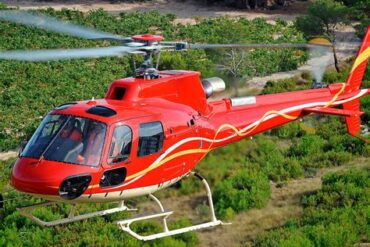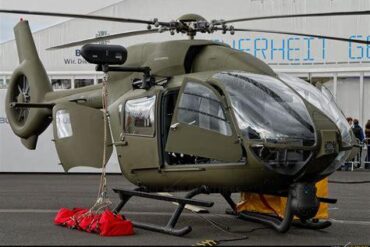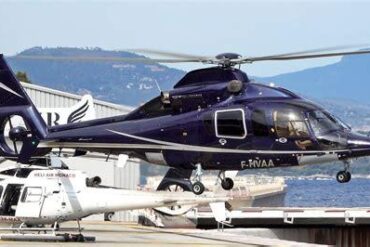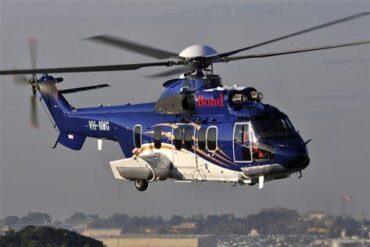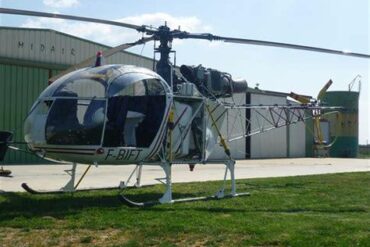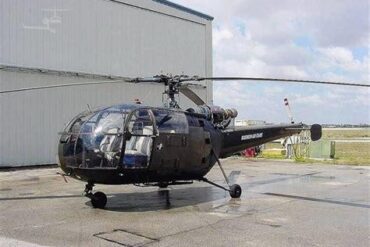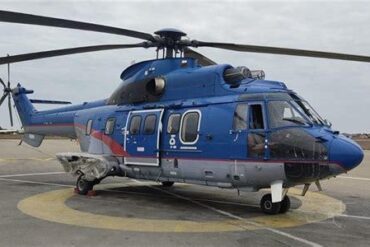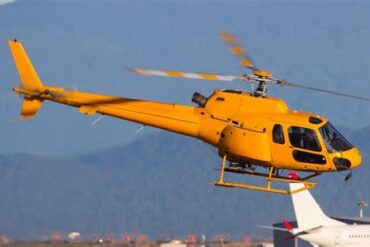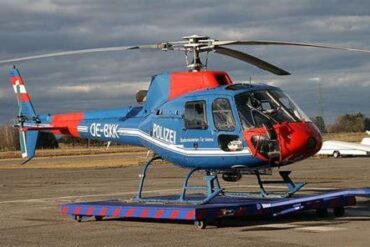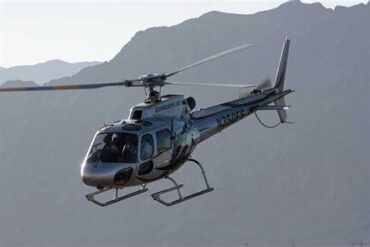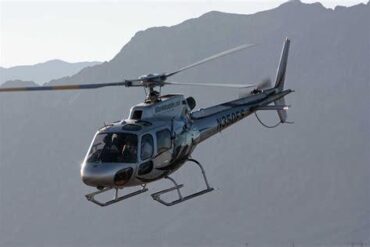The Airbus H160 is a cutting-edge medium utility helicopter that has been designed to meet the highest standards of performance, efficiency, and versatility. It represents a significant leap forward in aviation technology, offering a combination of speed, fuel efficiency, and operational flexibility. As with any high-performance aircraft, the cost of acquiring and operating an Airbus H160 is a critical factor for potential buyers and operators. In this article, we will explore the price of the Airbus H160 and delve into the operating costs that owners can expect.
Purchase Price of the Airbus H160
The Airbus H160, being a state-of-the-art helicopter, comes with a substantial price tag that reflects its advanced features and capabilities. The base price of the Airbus H160 typically starts around $14 million USD. However, the final purchase price can vary significantly depending on several factors:
-
Customization Options: Buyers often customize their H160 with a range of optional features, including advanced avionics, bespoke interiors, and specialized mission equipment. These customizations can add anywhere from $1 million to $4 million USD to the base price.
-
Configuration: The H160 is available in multiple configurations, including VIP, offshore transport, emergency medical services (EMS), and search and rescue (SAR). Each configuration may come with its own set of specialized equipment, which can influence the overall cost.
-
Currency Exchange Rates: Since the H160 is priced in US dollars, fluctuations in currency exchange rates can also impact the final purchase price for buyers outside the United States.
Given these variables, the total purchase price of a fully equipped Airbus H160 can range from $14 million to $20 million USD.
Breakdown of Operating Costs
The operating costs of the Airbus H160 are equally important to consider, as they play a significant role in the overall cost of ownership. Operating costs are generally categorized into fixed costs and variable costs.
Fixed Costs
Fixed costs are expenses that do not change with the number of hours flown and include:
-
Depreciation: The depreciation cost for the Airbus H160 can be substantial, typically accounting for around 10% of the aircraft’s purchase price annually. This equates to approximately $1.4 million to $2 million USD per year, depending on the initial purchase price.
-
Insurance: Insurance costs for an aircraft like the H160 are influenced by factors such as the aircraft’s value, usage, and the operator’s insurance history. Annual insurance premiums for the H160 generally range from $150,000 to $250,000 USD.
-
Hangar Fees: Storing the H160 in a suitable hangar is crucial to protect it from the elements and ensure its longevity. Hangar fees can vary significantly depending on the location, but operators can expect to pay between $50,000 and $100,000 USD annually.
-
Crew Salaries: Operating the H160 requires a highly skilled crew, including pilots and maintenance personnel. Annual crew salaries can range from $200,000 to $500,000 USD, depending on the crew size and experience level.
-
Training: Ongoing training for pilots and maintenance staff is essential to ensure safe and efficient operations. Annual training costs can range from $50,000 to $100,000 USD.
Variable Costs
Variable costs are expenses that fluctuate based on the number of flight hours and include:
-
Fuel: The Airbus H160 is equipped with fuel-efficient engines, but fuel costs remain a significant expense. The H160 consumes approximately 400 liters of fuel per hour, with aviation fuel prices varying by region. On average, operators can expect to spend $600 to $1,000 USD per flight hour on fuel.
-
Maintenance: Maintenance costs for the H160 are calculated based on flight hours and the type of operation. The Direct Maintenance Cost (DMC) for the H160 is approximately $400 to $600 USD per flight hour. This includes routine inspections, parts replacement, and labor costs.
-
Parts Replacement: The H160’s advanced systems and components require regular replacement of parts, which can add to the variable costs. Operators can expect to spend $200 to $300 USD per flight hour on parts replacement.
-
Landing and Handling Fees: These fees are incurred whenever the H160 lands at an airport or helipad and can vary widely depending on the location. Typical landing and handling fees range from $100 to $500 USD per landing.
-
Miscellaneous Operating Costs: This category includes expenses such as catering, ground transportation, and communication services. These costs can vary but typically add up to $50 to $100 USD per flight hour.
Total Operating Cost Per Hour
When combining fixed and variable costs, the total operating cost for the Airbus H160 can range from $2,500 to $4,000 USD per flight hour. This range accounts for the variability in fuel prices, maintenance costs, and other factors that can influence hourly operating expenses.
Long-Term Ownership Considerations
Owning and operating an Airbus H160 is a significant investment that goes beyond the initial purchase price and hourly operating costs. There are several long-term considerations that potential buyers should keep in mind:
Residual Value
The Airbus H160 is likely to retain a good portion of its value over time due to its advanced design and versatility. However, like all aircraft, its value will depreciate. The residual value of the H160 after 10 years of operation is typically around 50% to 60% of its original purchase price, depending on the condition of the aircraft and market conditions at the time of sale.
Regulatory Compliance
Compliance with aviation regulations is an ongoing responsibility for H160 operators. This includes adhering to maintenance schedules, pilot certifications, and operational standards set by aviation authorities such as the Federal Aviation Administration (FAA) or the European Union Aviation Safety Agency (EASA). The costs associated with regulatory compliance can vary but are an essential part of operating an aircraft safely and legally.
Technological Upgrades
As technology advances, operators may need to upgrade their H160 with new avionics, communication systems, or safety features. While these upgrades can enhance the aircraft’s performance and safety, they also represent additional costs. Operators should budget for potential upgrades over the aircraft’s lifespan, which could range from $500,000 to $1 million USD or more, depending on the extent of the upgrades.
Resale Market
The resale market for the Airbus H160 is expected to be strong, particularly for well-maintained aircraft with a complete service history. The demand for versatile, modern helicopters is likely to remain robust, ensuring that owners can recoup a significant portion of their investment when they decide to sell the aircraft.
Conclusion
The Airbus H160 is a premier helicopter that offers a blend of performance, efficiency, and versatility. While the initial purchase price and operating costs are substantial, they are in line with the advanced capabilities and technological innovations that the H160 brings to the table. Potential buyers should carefully consider both the upfront and ongoing costs of ownership to ensure that the H160 meets their operational and financial requirements. With proper planning and maintenance, the Airbus H160 can serve as a reliable and valuable asset for a wide range of missions, from corporate transport to emergency medical services.


